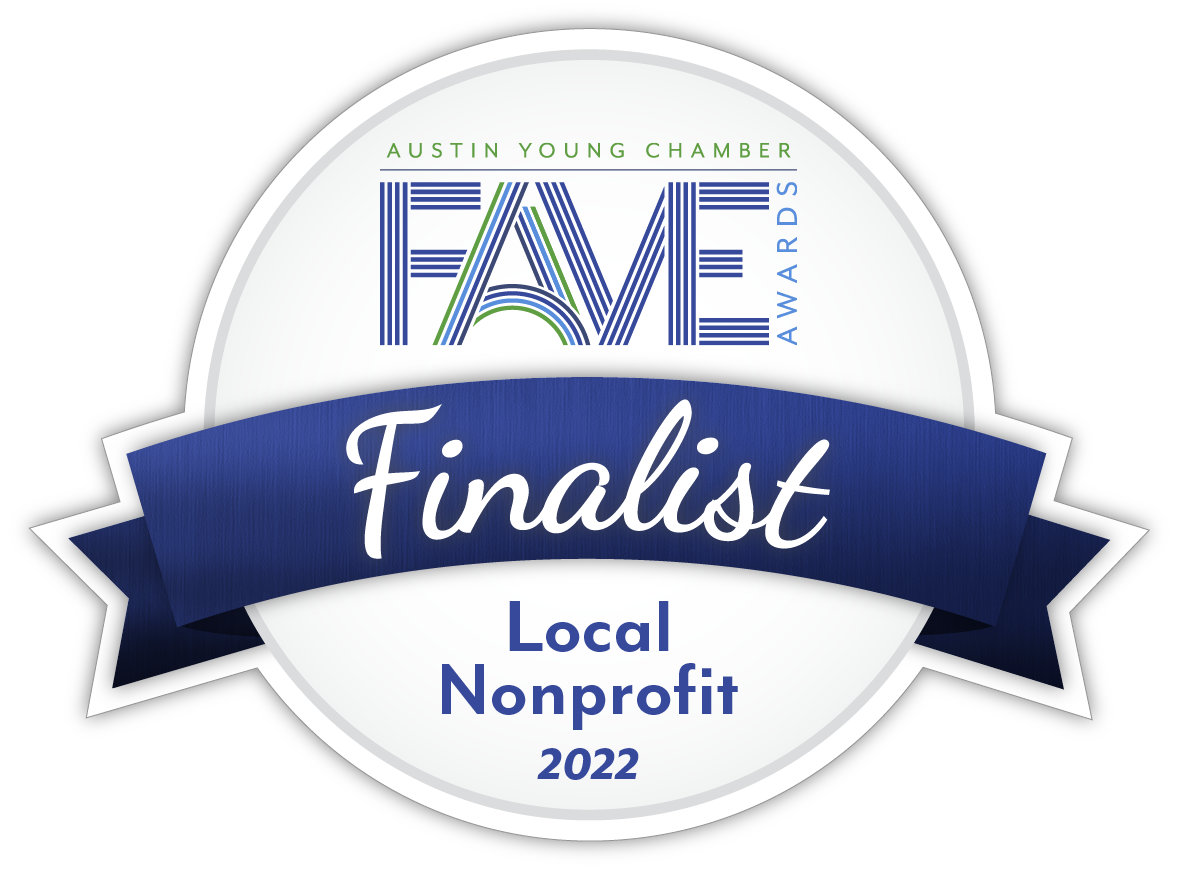Summer Reading by Dr. Sarah Dooling
On July 25, behind the Willie Mae Kirk Library, TreeFolks is hosting a field tour of an urban creek restoration project that is managed by the City of Austin’s Watershed Protection Department (click here to register) Stan Wilson, of Environmental Survey Consulting, will introduce people to the concept of a “Grow Zone” as a particular approach to restoring an urban forest along a creek. This approach assumes a low cost, low maintenance strategy that aims to nurture a forested creek. Instead of removing ragweed (something that causes people great irritation) and removing only a handful of invasive species (including Ligustrum species), the grow zone approach welcomes the seedling recruitment and establishment of all kinds of species. Most importantly, mowing the grassy banks and floodplains of these creeks is no longer done, which allows the seed bank to slowly offer up seedlings that, ultimately, grow into trees.
Beyond the War on Invasive Species: A Permaculture Approach to Ecosystem Restoration by Tao Orion (2015, Chelsea Green Publishing) outlines a similarly holistic approach to regenerating landscapes. She describes how the term invasive emerged as an urgent ecological problem by an animal ecologist, Charles Elton, following World War II in England. During the war, Elton protected troops’ food supplies from rats and mice that were introduced to Europe in the 11th century. In 1958, he wrote in the now famous book The Ecology of Invasions by Plants and Animals: “It’s not just nuclear bombs and war that threaten us. There are other sorts of explosions, and this book is about ecological explosions.”
Ideas about the organization of society, and the dynamics of who belongs where and why have long influenced the development of ecological science and restoration practice. Orion’s book is an easy to read the introduction to how these interactions have influenced restoration practice. Oftentimes, the social-ecology connections are not made explicit, and many people assume that there is an inherent value to the categories of native, non-native and invasive. These categories are created by people managing land and are used to justify decisions about how to restore sites. Orion challenges people to think more carefully about these assumptions.
Now, as Austin continues to warm and as local conditions change rapidly, species are faced with the challenge: can they adapt or will they blink out? The Grow Zone approach, much like Orion’s approach, takes advantage of what already grows well and focuses on restoring the ability of an ecosystem – like an urban creek – to work well. In other words, let’s focus on making these creeks more diverse, more structurally complex and better able to create cooler places in the city. Let’s worry less about which species are doing this work.
This book is a great complement to The Rambunctious Garden (Emma Marris) and a fun way to read up on restoration before our field tour on July 25! Enjoy!

